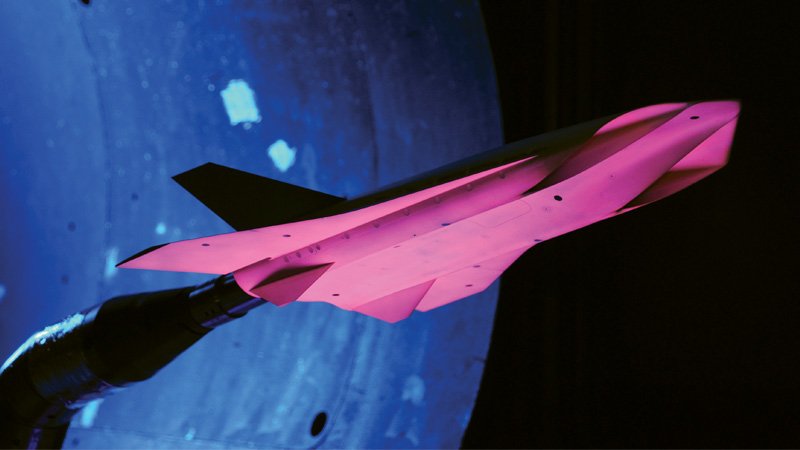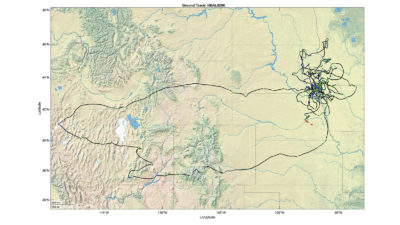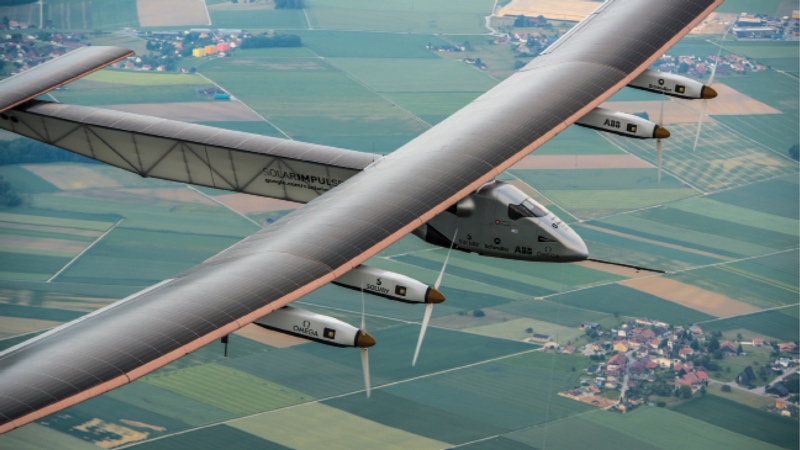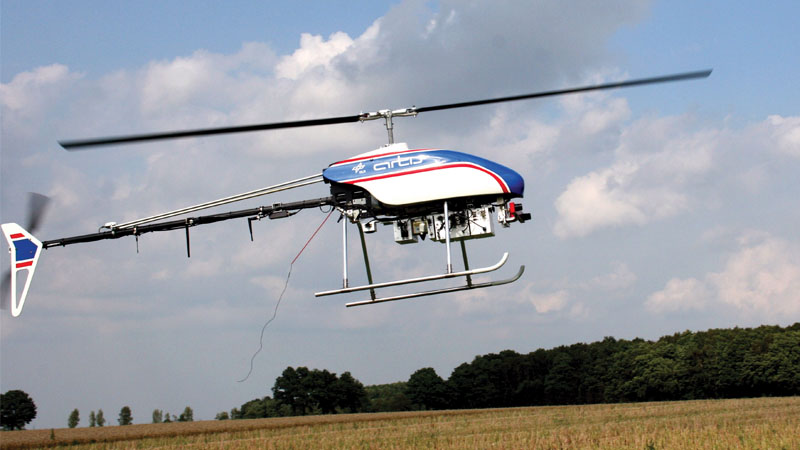Operational expendable hypersonics and the race for reusability
By Liz Stein|December 2022
The Hypersonic Technologies and Aerospace Planes Technical Committee works to expand the hypersonic knowledge base and promote continued hypersonic technology progress through ground and flight testing.
This year’s top headline for academia: In a collaboration sure to spawn dozens of technical papers on boundary layer transition and concave adverse pressure gradients, NASA, Texas A&M University and the Johns Hopkins Applied Physics Laboratory completed the BOLT II flight experiment in March. In June, the Notre Dame Turbomachinery Lab in Indiana opened two new high-speed propulsion test cells. One is focused on mode transition testing and was used by Hermeus of Atlanta in August to demonstrate reliable transition from turbojet to ramjet with its Chimera engine at Mach 3 flight conditions. The other cell is focused on supersonic combustion and used by startup FGC Plasma of Massachusetts. In July, students from China’s Northwestern Polytechnic University flight tested a kerosene-fueled rocket-based combined cycle hypersonic propulsion system.
July was notable for civil space agencies. NASA hosted the second High Speed Commercial Vehicles Workshop in Chicago, where SpaceWorks previewed its latest technoeconomic model and market analysis. The Japan Aerospace Exploration Agency completed its first hypersonic scramjet flight test utilizing a sounding rocket launched from Uchinoura Space Center. The German Aerospace Center, or DLR, completed its STORT flight test. The program, whose name translates to “key technologies for high-energy return flights of launch stages,” seeks to mature the technology readiness for new active and passive thermal management concepts and ceramic matrixed composite structures.
Expendable hypersonic weapons made international headlines. In early January, North Korea flew two different types of hypersonic missile systems in under a week. In May, Russia deployed its Kinzhal hypersonic missile in theater during the Ukraine war. In August, China flew its reusable spaceplane for the second time and conducted exercises with its DF-17 hypersonic missile near Taiwan.
The U.S. continued to see mixed success with its own hypersonic test programs, though the year-over-year trend line is showing improvement. Three Defense Department hypersonic weapon concepts were tested successfully, and one had a failure. Yet again, the issue was not with the hypersonic systems but with the solid rocket motors used for the first stage of the trajectory.
At the beginning of her tenure in 2021, Heidi Shyu, U.S. under secretary of defense for research and engineering, called for affordable hypersonic platforms. The onerous price tag of current expendable hypersonics can be traced to tight-tolerance exquisite systems reliant on low-volume, time-consuming manufacturing processes for the thermal protection system. Innovators are rising to the challenge: On the design side, FGC Plasma has developed a scramjet engine with plasma igniters that enable a wider, more robust operational envelope. On the manufacturing side, startups like Atomic 6 of Atlanta, Orbital Composites of California and Black Lattice of Colorado throughout the year implemented new processes to fabricate carbon fiber structures at scale.
Driving down costs of expendable systems is good for the whole ecosystem, but the real prize, like with rockets, is reusability. The first high-flight cadence, reusable hypersonic system might be born from a rocket: SpaceX and India Space Research Organization continued working separately on reusable upper stage designs.
The hypersonic and spaceplane startup landscape continued to expand. Destinus of Switzerland, Radian of Washington and Velontra of Ohio joined the ranks of Beijing Lingkong Tianxing Technology, Hermeus, Hypersonix of Australia, Reaction Engines of the U.K. and Venus Aerospace. Venture capital continued to flow into the sector: Destinus raised $29 million in a seed round; Hermeus raised $100 million in a Series B round; Radian raised $27.5 million in a seed round; and Venus Aerospace raised $20 million in a Series A round. Over $365 million of private capital has flowed into hypersonics in the past two years. Not to be left out, legacy aerospace giant Boeing unveiled its latest unmanned Mach 5 airbreathing concept in January.
Contributors: Joshua Cameron, Andrew Duggleby, Sassie Duggleby, John Olds and AJ Piplica



































